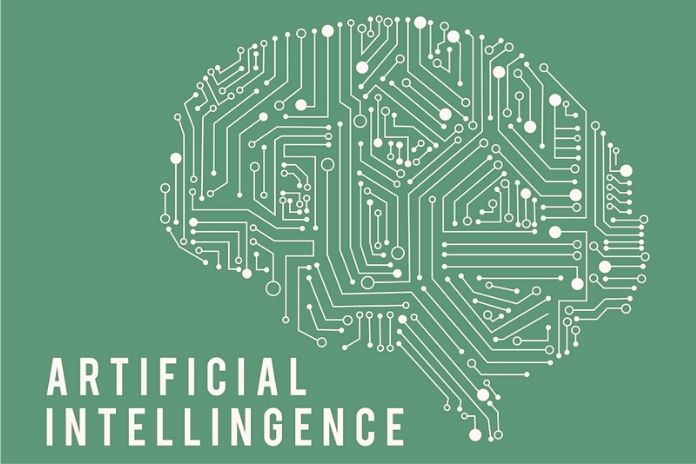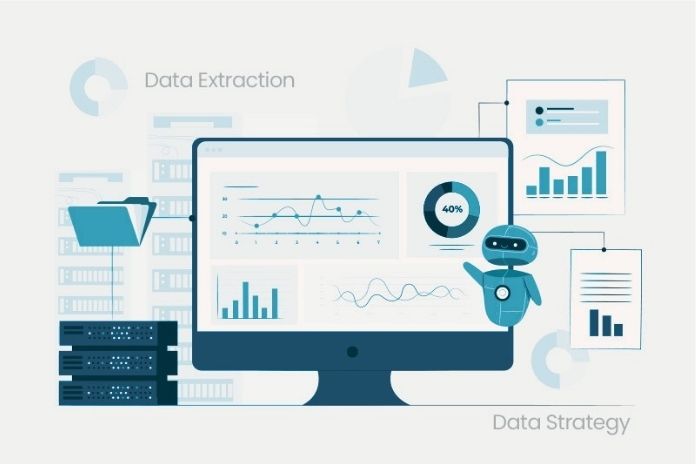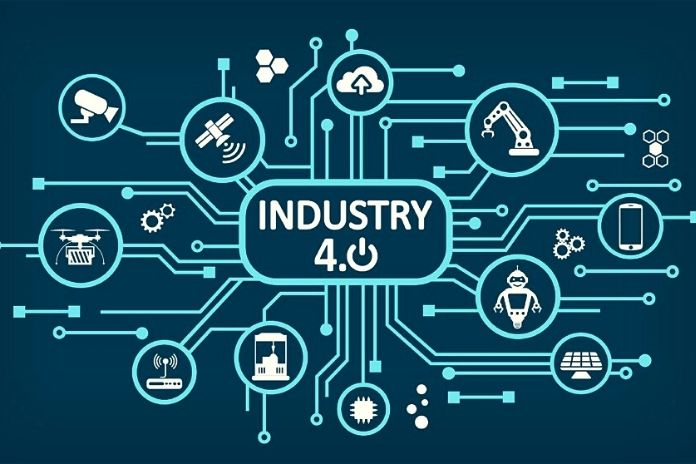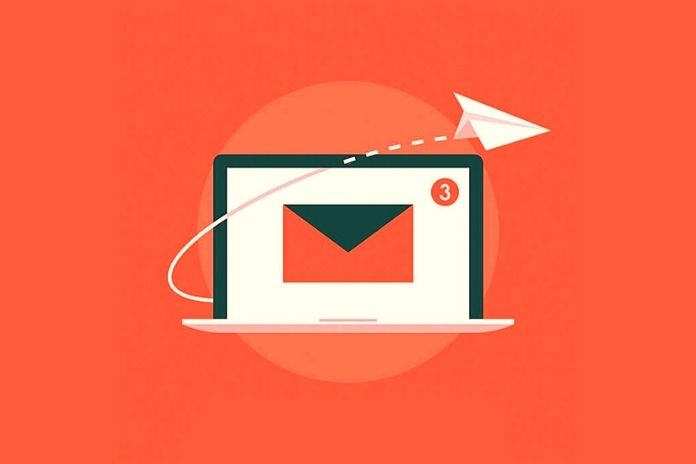The CMS’s wealth of functions and customization options are essential, but the basic IT infrastructure is decisive in successful an online store. In the first quarter of 2022, e-commerce recorded an increase of 78%, thus conquering the fourth place in the world ranking of the countries with the highest percentage increase in online shopping, preceded only by Canada, the Netherlands and the United Kingdom. These numbers are increasing sharply and are also translated at a global level, with total e-commerce growth of 58%, which confirms the powerful impact that the pandemic has had on the global multiplication of virtual stores.
What happened in country can be interpreted as a real boom in e-commerce and the migration of commercial dynamics towards digital channels. According to the Shopping Index, a quarterly report prepared by Salesforce, in the first three months of 2022, the digital economy exceeded the levels of global average growth. The increase in the trend even positioned itself above the numbers of the first quarter of 2021, when the growth rate stood at 26%.
Mobile Traffic Increases While PC Traffic Decreases
In the analysis conducted through consumer data from around the world, the Shopping Index photographed a growth in mobile purchases. The use of mobile devices went from 21% in the previous quarter to 24% in the first quarter of 2021. On the other hand, traffic generated by PCs halved, which in the first three months of the current year stood at around 12% compared to 20% in 2020. Therefore, a sharply increasing trend is confirmed, which sees mobile shopping as a habit that is solidifying more and more.
Spending Habits Destined To Intensify
If in the pre-Covid era, the positive trend of e-commerce was one of the most promising, with the pandemic, consumers’ choice of digital channels has found a decisive boost. The online movement of retailers and buyers has led entrepreneurs to realize that investing in digital can no longer be ignored. The current spending habits of digital consumers shape a future in which the shopping experience in online stores will be increasingly central.
E-commerce With Magento
Ensuring an adequate user experience is a crucial factor for any e-commerce. The organization of the structure and fluidity of the digital space affects the behavior of users, determining their permanence and possible conversions. For digital entrepreneurs, relying on a Content Management System (CMS) capable of allowing impeccable site management becomes an imperative that cannot be opposed.
Magento stands out among the leading CSMs on the market, a platform that offers a wide range of services to create user-friendly e-commerce. Intuitiveness, simplicity and completeness represent the fundamental characteristics that an online store must have to be part of a global trend that sees the digital economy grow more and more.
Magento E-Commerce: How To Choose The Right Cloud
Magento is one of the platforms most chosen by e-commerce managers and web agencies: it is estimated that 26% of e-commerce sites are based on Magento. The variety of the numerous plug-ins offered and the customization possibilities of the online store make it capable of ensuring a considerable wealth of functionality. But how to allow e-commerce to reach an optimal degree of efficiency? The primary IT infrastructure is critical here. Magento e-commerce is a solution based on Cloud Server and provides for an ad hoc set-up to mitigate the commitment in terms of resources represented by Magento.
A structure made by the cloud provider team after the architecture design phase to obtain maximum performance, optimize costs and manage traffic peaks thanks to effective cache systems. An essential step for successful e-commerce with infrastructure will therefore be to rely on a cloud provider who, even before deployment, carries out an accurate analysis of the customer’s needs, then moves on to a configuration phase and then reveals itself as able to follow him in the moments that see him engaged in the most important marketing campaigns. Therefore, not only cloud but also concrete and stable human support is within reach of the phone thanks to the call center and the global and proactive assistance plans provided.
Also Read: Live Subtitles, Door Recognition & Co.: Apple Is Introducing New Functions










